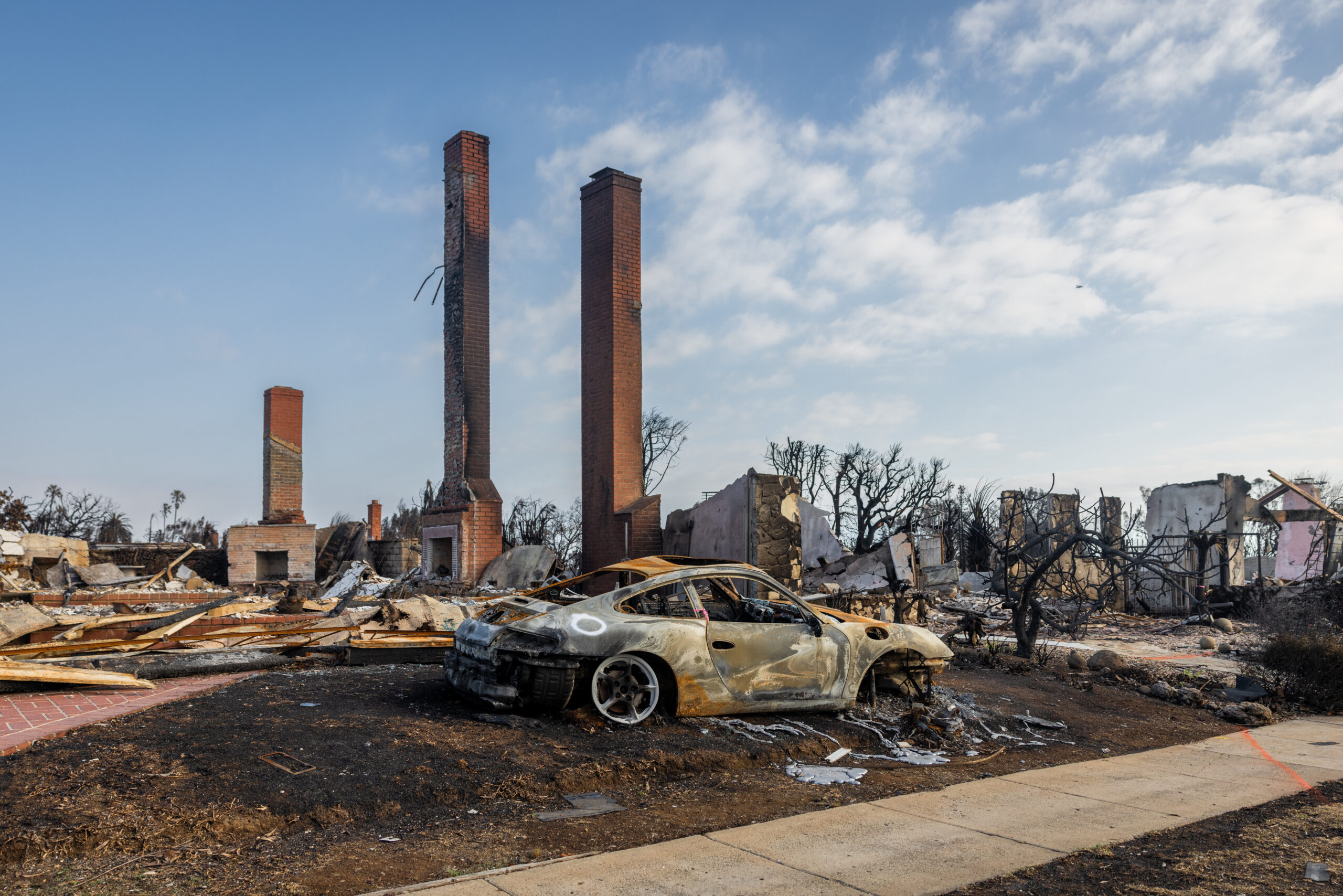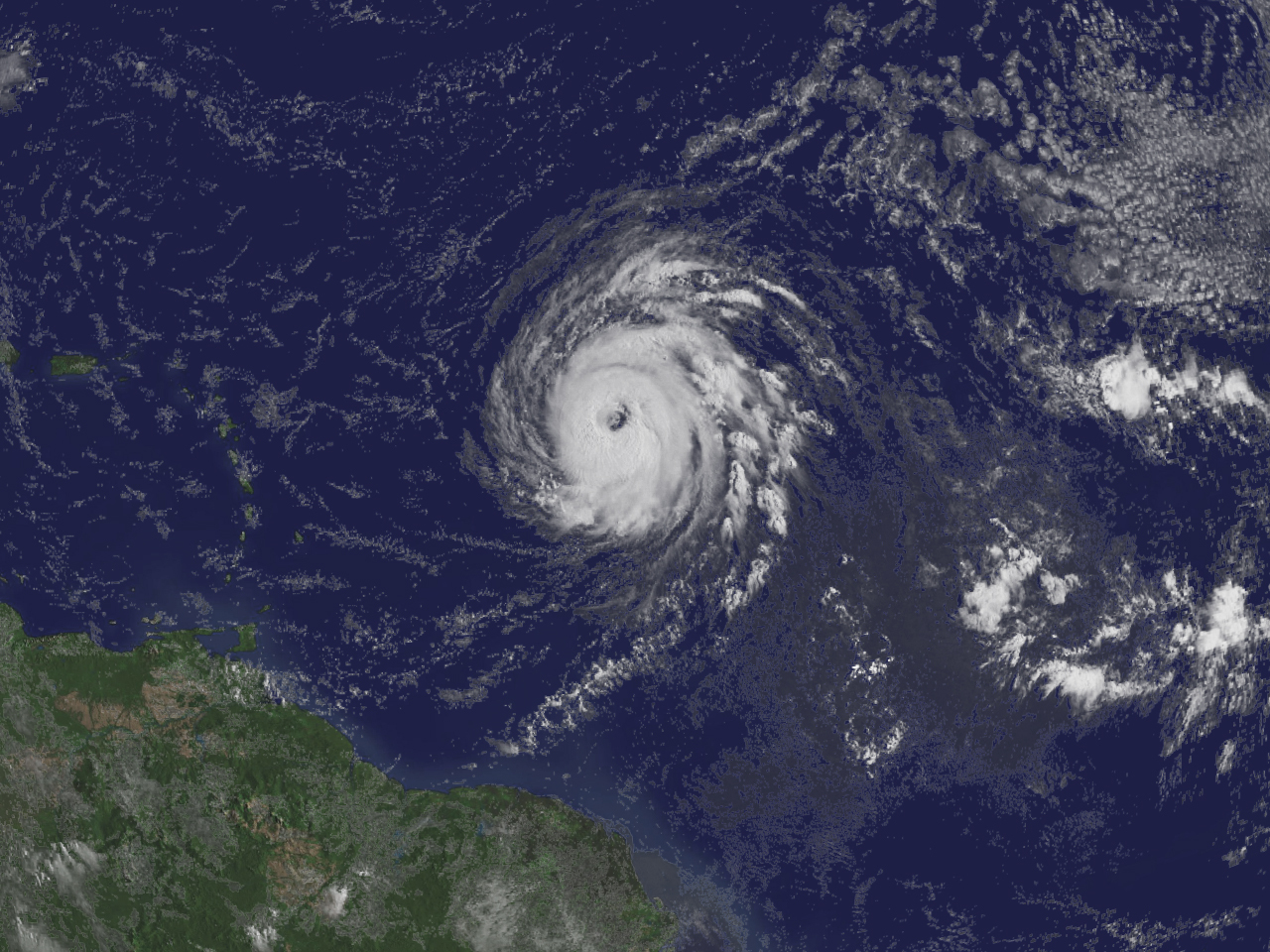Nobody is going to push the “like” button for a hurricane, but the National Hurricane Center hopes to get some Facebook fans for its storm advisories.
The hurricane center joined the online social network in January to give a behind-the-scenes look at Director Bill Read and hurricane specialists at work well before any storm starts brewing in the tropics.
The new outreach effort comes as the nation’s emergency management chief urges Americans to make social media part of their disaster preparedness plans.
People should know which local agencies disseminate information on Twitter or Facebook, and they should set aside extra batteries or solar chargers so that even in a power outage they can update their status with a simple “I’m OK.”
That can help reduce the volume of phone calls in a disaster-stricken area, leaving vital communication lines open, Federal Emergency Management Agency Administrator Craig Fugate told a Senate subcommittee.
Fugate also urges local emergency managers to develop mobile websites to be viewed on cell phones, so that residents can both receive and contribute real-time updates during a disaster.
“Rather than trying to convince the public to adjust to the way we at FEMA communicate, we must adapt to the way the public communicates by leveraging the tools that people use on a daily basis,” Fugate said.
FEMA maintains 16 separate accounts on Twitter alone, including Fugate’s individual feed, in addition to Facebook and YouTube accounts.
The National Weather Service, the U.S. Geological Survey and the Florida Division of Emergency Management also are among the federal and state agencies that post severe weather updates, warnings, videos, behind-the-scenes photos and other graphics on the major social media channels.
Justin Kenney, communications director for the National Oceanic and Atmospheric Administration, tweets on his individual account about the agency’s marine, weather and climate research, along with interesting tidbits of information related to severe weather news, such as aerial images of recent tornado damage in Alabama.
Social media channels help NOAA update the public about events such as a pod of pilot whales stranding in the Florida Keys, even after those events stop being breaking news, he says.
The informal posts often also boost traffic to NOAA’s official website. One such spike was recorded after animations illustrating Japan’s tsunami in March were posted on its YouTube channel and relayed on Twitter, Kenney says.
“Yes, there’s a lot of information that useful as one-time information, but I think it’s useful to try to continue the conversation,” Kenney says.
The hurricane center’s Facebook page supplements its website, email alerts and a mobile website for cell phones. Posts so far have showcased hurricane hunter aircraft, individual forecasters and the center’s reports on the 2010 hurricane season.
By posting a link to an updated tropical cyclones preparedness guide or writing a note about how much storm track forecasts have improved in recent years, shrinking the “cone of uncertainty,” officials are trying to address concerns and answer questions well before coastal residents need to consider evacuating, says hurricane specialist Dan Brown.
Starting June 1, the official start of the six-month Atlantic hurricane season, daily updates about conditions in the tropics will be posted on the Facebook page.
“When there is a threat you’ll see an increase in our postings. We’ll talk about watches and warnings, but truly what I think it’s going to be is directing people to our website for all our storm information,” Brown says.
Hurricane center officials say that by engaging the public informally through Facebook, they hope to combat complacency in coastal residents skeptical of storm warnings and evacuation advisories after five years without a major hurricane making a U.S. landfall.
The bottom line of most postings is “be prepared,” urging readers not to join the millions who don’t stock up on nonperishable food or water until a storm is imminent, stressing the system and risking the possibility of having to recover from a hurricane with few or no resources.
“We can certainly always try to reach more people. It’s an excellent tool to educate the public not just during an event,” Brown says.
Some Floridians who have befriended the hurricane center on Facebook say they’ll add the page to the online forecasts and maps they regularly check during storm season.
Lois Crockett, 60, in Coconut Creek, who works for a local pest control company, says checking the hurricane center’s Facebook page is part of her preparedness plans. She already checks online resources, TV news, the Weather Channel and the newspaper for storm information, and Facebook is just another tool to stay up to date.
“I’ve found that NOAA is the best source because these are the facts, not the hype, so this (Facebook page) will be a little memory jog to go to the NOAA website,” Crockett said.
But she said she’d only be checking Facebook before a storm, not during and certainly not after if the power was out. She doesn’t have a smart phone, but she does plan to get a backup generator this year, and she would plan to check Facebook for updates only after she had power.
Non-traditional communication streams such as social media have proven lifesaving, emergency officials say.
After an earthquake leveled much of Haiti’s capital in January 2010 and left roughly a million people living under tarps or flimsy shacks, many feared heavy winds and flooding from Hurricane Tomas would cause thousands more deaths in early November.
Read says he was relieved when the death toll in Haiti topped out at 35. The storm’s heaviest winds and rains had remained offshore, but Haitians also had been able to request help from emergency responders and get storm information through text messaging.
In spite of the catastrophic earthquake damage to Haiti’s government and infrastructure, its cellular capability bounced back quickly, and mobile messaging proved helpful for everything from search and rescue to aid distribution, Read and Fugate said.
Was this article valuable?
Here are more articles you may enjoy.

 Wall Street Brokers Start Trading Insurer Claims From LA Fires
Wall Street Brokers Start Trading Insurer Claims From LA Fires  An Unusually Active Hurricane Season Is in Store for the Atlantic
An Unusually Active Hurricane Season Is in Store for the Atlantic  State Farm Has Paid $2.5 Billion in Claims for LA Wildfires
State Farm Has Paid $2.5 Billion in Claims for LA Wildfires  Alibaba Teams up With BMW to Develop AI for Cars in China
Alibaba Teams up With BMW to Develop AI for Cars in China 